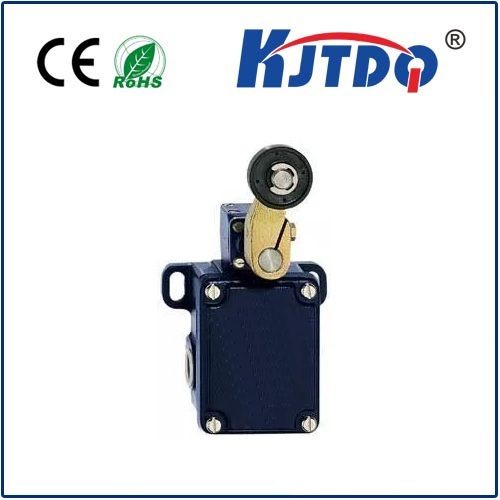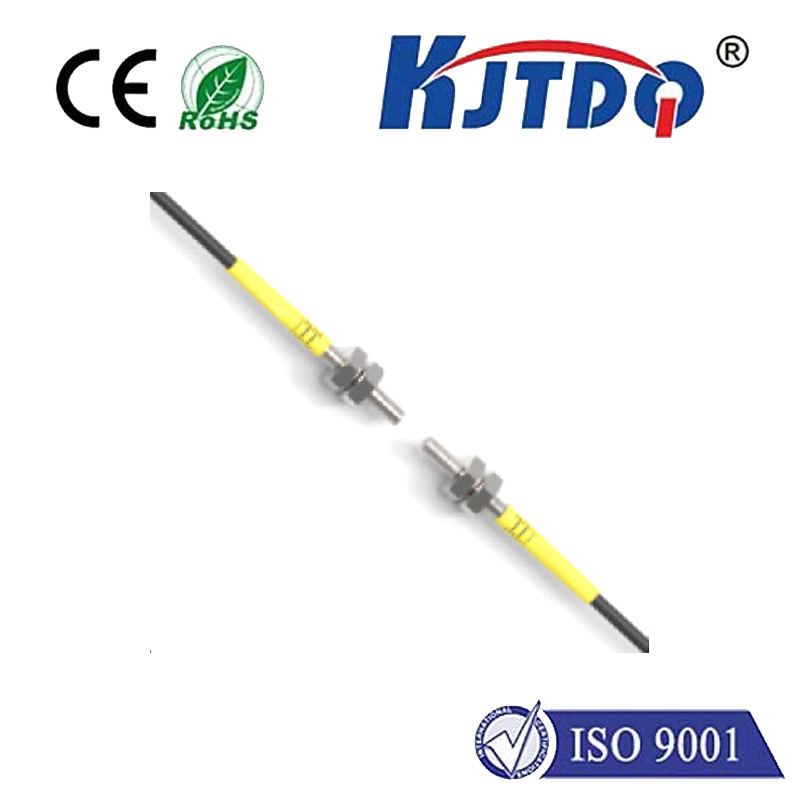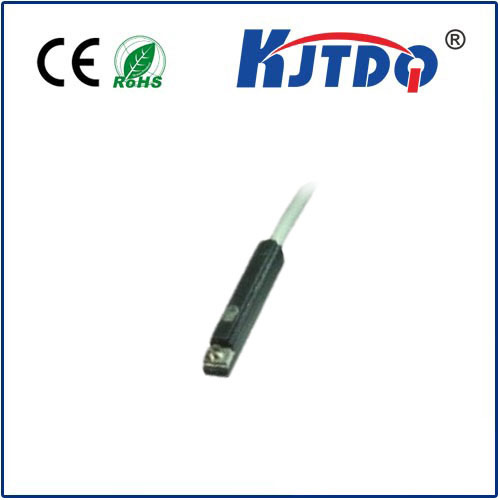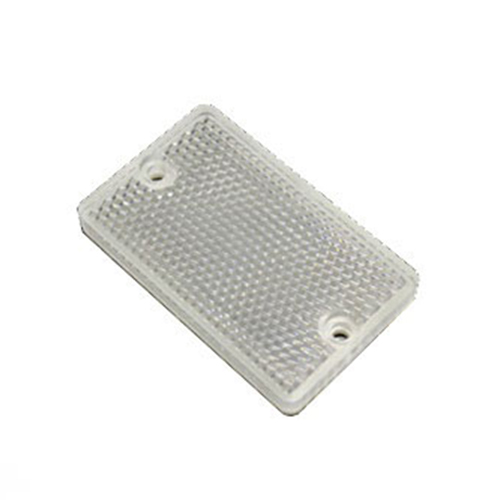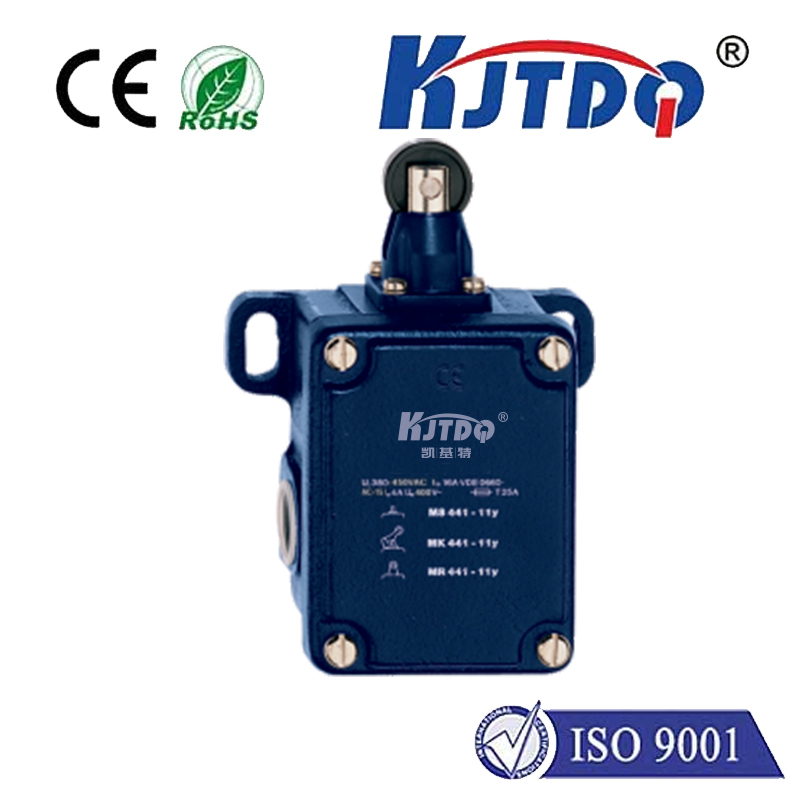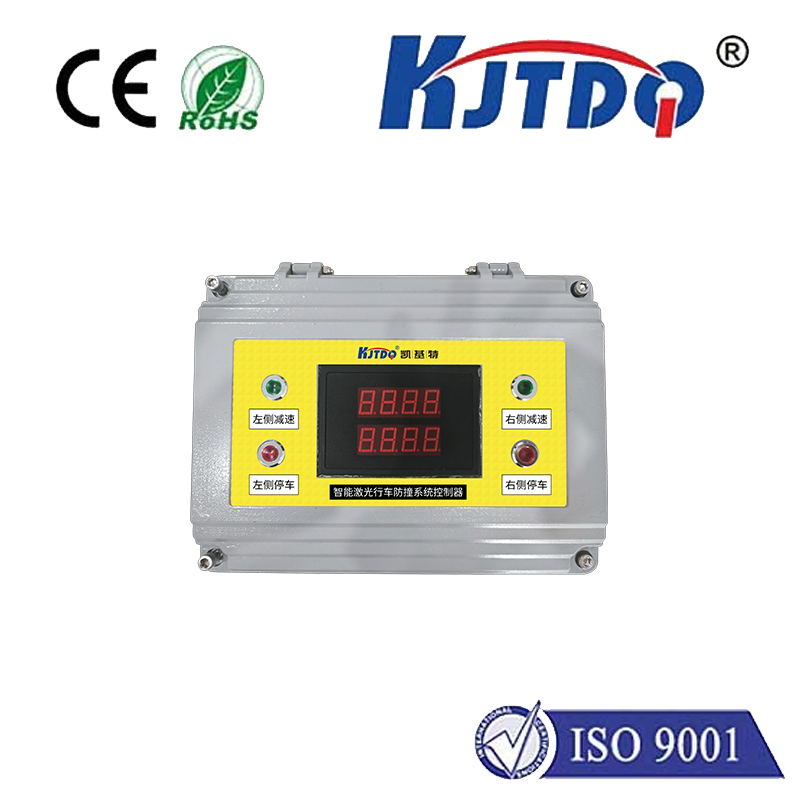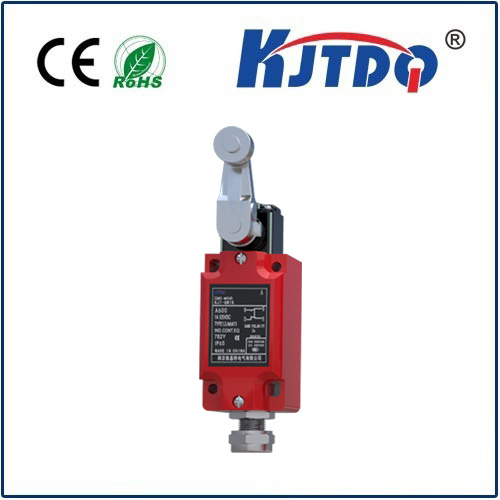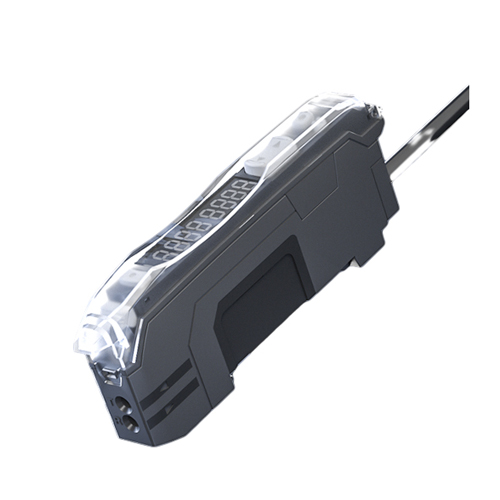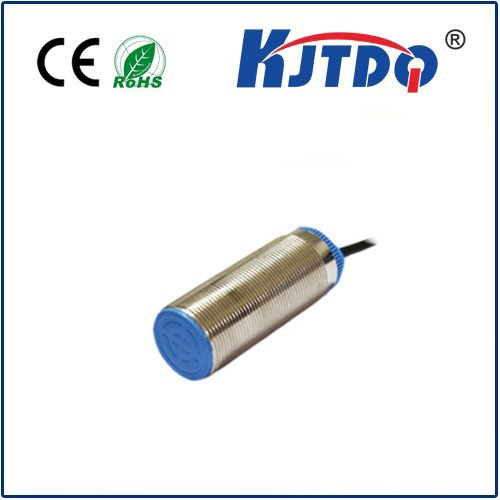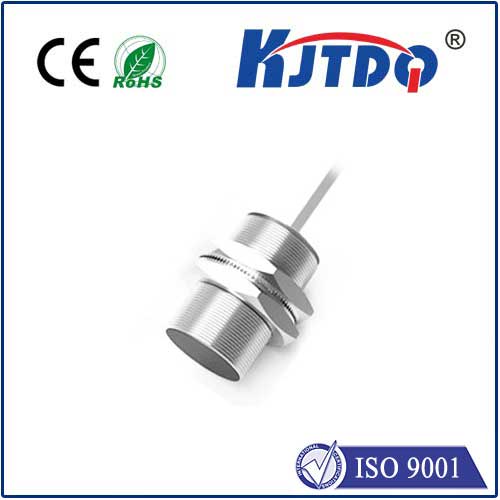BES04ZE high pressure proximity sensor
- time:2025-10-17 02:01:13
- Click:0
BES04ZE High Pressure Proximity Sensor: Unwavering Detection in Demanding Industrial Environments
Imagine a massive hydraulic press relentlessly shaping metal components, the pressure within its cylinders surging to extraordinary levels. Now, picture the critical need to know the exact position of the ram or a crucial component within that pressurized chaos – a failure could mean catastrophic downtime or safety hazards. This is precisely where specialized components like the BES04ZE high pressure proximity sensor become indispensable, offering reliable, non-contact sensing where standard sensors simply cannot survive.
Industrial automation thrives on precision and reliability, especially within high-pressure systems found in sectors like oil and gas, heavy machinery, marine applications, and high-tonnage press operations. Standard proximity sensors, while excellent for many tasks, often falter when subjected to the intense forces and harsh conditions inherent in these environments. The BES04ZE sensor is engineered from the ground up to conquer these challenges, providing unwavering object detection even under significant pressure loads.
Understanding the Core Challenge: Pressure and Proximity
Proximity sensors work by detecting the presence, absence, or position of a target object without physical contact, typically using inductive, capacitive, or magnetic principles. Inductive sensors, like the BES04ZE series, are particularly common for detecting metallic objects. The core challenge in high-pressure applications isn’t usually the sensing principle itself, but rather the robustness of the sensor’s housing and sealing to withstand the crushing forces exerted by fluids or gases.
High pressure can:

- Compromise Seals: Leading to fluid ingress and sensor failure.
- Distort or Collapse Sensor Housings: Rendering the sensor inoperable or inaccurate.
- Interfere Internally: Pressure spikes can potentially affect internal electronics or the sensing field mechanics.
- Accelerate Wear: Significantly reducing the operational lifespan of standard sensors.
The BES04ZE high pressure proximity sensor directly addresses these vulnerabilities through specific design features integral to its construction.
Engineered Fortitude: What Makes the BES04ZE High Pressure Sensor Stand Out
This sensor isn’t just labeled “high pressure”; its design embodies resilience:
- Ruggedized, Pressure-Resistant Housing: Often constructed from high-grade stainless steel (like V4A/316L), the housing is specifically designed to resist deformation and collapse under immense external pressure. Its geometry and material thickness are optimized for strength.
- Superior Sealing Technology: Achieving high IP ratings (e.g., IP67, IP68, IP69K) is standard, but the BES04ZE goes further. It employs specialized seals (like high-performance O-rings) and sealing techniques explicitly designed to maintain integrity against constant high-pressure fluid immersion and pressure shocks. This is critical for hydraulic system monitoring where oil under thousands of PSI is the norm.
- Internal Pressure Compensation (Where Applicable): Some high-pressure sensor designs incorporate features to help equalize pressure internally, preventing the build-up of force differentials that could damage sensitive internal components or affect sensing accuracy.
- Vibration and Shock Resistance: Environments capable of generating high pressure are often harsh in other ways. The BES04ZE is built to endure significant vibration and mechanical shock, ensuring stable operation on moving machinery or near heavy impacts.
- Temperature Tolerance: High-pressure processes frequently involve elevated temperatures. The sensor maintains functionality across a broad operating temperature range, ensuring reliability from cold starts to hot running conditions.
Key Applications Where the BES04ZE Shines
The reliability of the BES04ZE makes it the sensor of choice for numerous demanding scenarios:
- Hydraulic Cylinders: Monitoring piston position (end-of-stroke detection), rod presence, or valve spool position within the pressurized cylinder body itself.
- Presses & Punching Machines: Accurately detecting die position, workpiece presence, or safety gate closure under immense forming pressures.
- Offshore & Marine Equipment: Functioning reliably in deep-sea applications, subsea control systems, and high-pressure pipeline monitoring where external water pressure is extreme.
- Valve Position Feedback: Providing crucial feedback on the open/closed status of high-pressure valves in process control systems (chemical, petrochemical).
- Test Benches & Pressure Vessels: Monitoring component positions during high-pressure testing phases.
- Heavy Construction & Mining Equipment: Sensing component positions in hydraulic excavators, crushers, and drills where pressures are routinely very high.
Beyond Pressure Resistance: The Core Benefits
While pressure resistance is its defining characteristic, the BES04ZE proximity sensor delivers broader advantages essential for modern automation:
- Non-Contact Operation: Eliminates mechanical wear and tear, providing virtually infinite lifespan for the sensing element itself compared to mechanical switches. This ensures maintenance-free position detection.
- High Switching Frequency: Capable of detecting rapidly moving targets within the high-pressure zone.
- Immunity to Contaminants: Oil, grease, dust, and other common industrial contaminants do not affect its inductive sensing capability.
- Solid-State Reliability: No moving parts prone to failure under stress.
- Simple Integration: Typically available in standard M8, M12, or M18 threaded cylindrical housings with PNP or NPN outputs, simplifying integration into existing control systems.
- Enhanced Safety: Provides critical position feedback for machine safeguarding and interlock systems in hazardous high-pressure environments.
Implementation Considerations for Optimal Performance
To maximize the effectiveness and longevity of your BES04ZE high pressure sensor:
- Select the Correct Sensing Range: Ensure the nominal sensing distance (Sn) is appropriate for your specific target and mounting constraints within the high-pressure assembly.
- Verify Pressure Rating: Critically, confirm the sensor’s specified maximum operating pressure (PSI or bar) exceeds the peak pressure encountered in your application, including potential pressure spikes.
- Ensure Proper Mounting: Follow manufacturer guidelines for mounting depth, target material (ferrous/non-ferrous), and environmental clearances. Secure mounting is vital to withstand vibration.
- Electrical Compatibility: Match the sensor’s output type (PNP/NPN, NO/NC) and voltage rating (e.g., 10-30V DC) to your control system inputs. Ensure adequate cable protection in the high-pressure zone.
- Consider Target Material: Inductive sensors primarily detect ferrous metals. For non-ferrous targets, alternative technologies like capacitive sensors might be needed, but typically lack comparable high-pressure ratings.
The BES04ZE: A Foundation for Robust Automation
In the relentless push for efficiency, productivity, and safety within heavy industry, components that operate reliably under extreme conditions are paramount. The BES04ZE high pressure proximity sensor exemplifies this principle. It transcends the limitations of standard sensors, delivering precise, non-contact position feedback precisely where the forces are greatest – within hydraulic actuators, beneath ocean depths, or at the heart of massive metal-forming presses. Its specialized construction, focused on withstanding crushing pressures and harsh environments, makes it more than just a sensor; it’s an enabling technology for complex, high-force automation systems where failure is not an option. By ensuring accurate detection where others cannot, the BES04ZE provides the critical data needed for control, safety, and optimized performance in the most demanding industrial frontiers.






